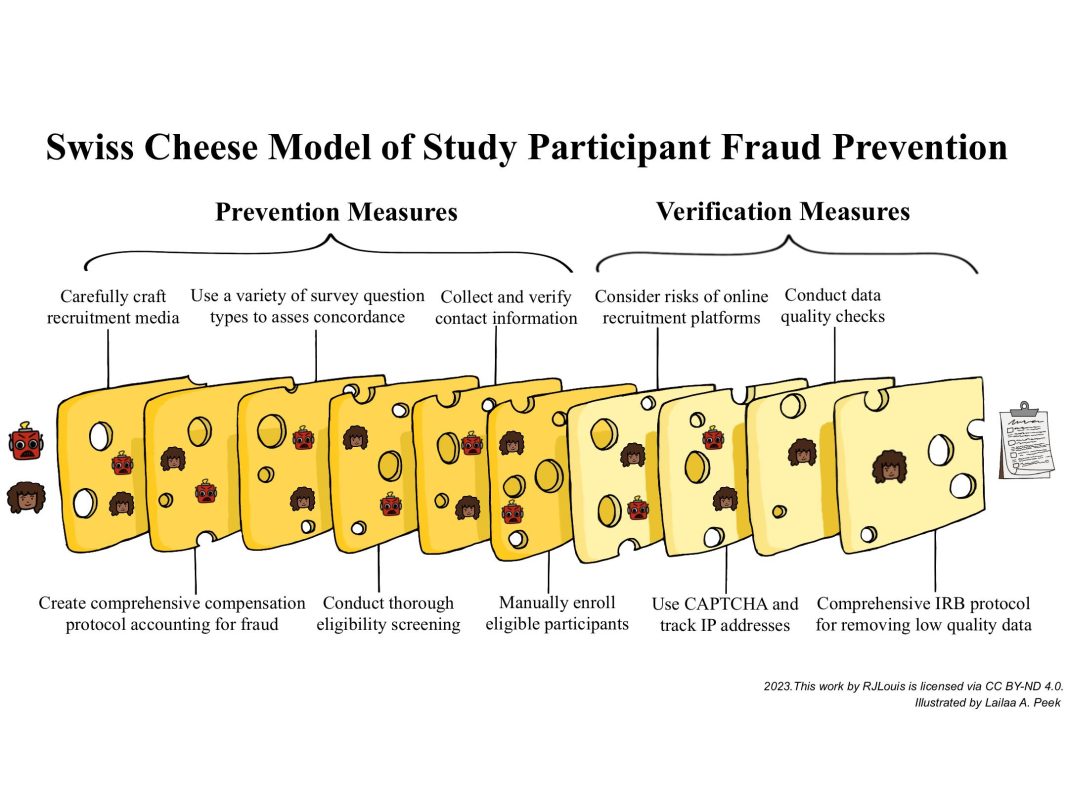In an era where data is often hailed as the new oil, businesses find themselves navigating a labyrinth of global data privacy laws that are as complex as they are crucial. As digital footprints expand and cross borders with the ease of a mouse click, understanding the intricacies of these regulations has become not just a legal obligation but a strategic imperative. This article delves into the essential knowledge businesses must arm themselves with to not only comply with but also leverage these laws to build trust and foster innovation. From the General Data Protection Regulation (GDPR) in Europe to the California Consumer Privacy Act (CCPA) in the United States, we will explore the evolving landscape of data privacy, offering insights that empower businesses to protect their most valuable asset: consumer trust. Join us as we unravel the threads of global data privacy laws, equipping your business with the knowledge to thrive in a world where data knows no borders.
Navigating the Complex Landscape of International Data Privacy Regulations
In an era where data is the new currency, businesses are finding themselves in a tangled web of international data privacy laws. The regulatory landscape is not only vast but also constantly evolving, requiring companies to be both vigilant and adaptable. Understanding the nuances of these regulations is critical to ensuring compliance and avoiding hefty fines. Key legislation such as the General Data Protection Regulation (GDPR) in Europe, the California Consumer Privacy Act (CCPA) in the United States, and the Personal Information Protection and Electronic Documents Act (PIPEDA) in Canada each have their own unique requirements, yet share common principles aimed at safeguarding personal data.
For businesses operating on a global scale, it is essential to establish a robust data governance framework. Here are some strategies to consider:
- Conduct Regular Audits: Regularly review data processing activities to ensure compliance with local and international laws.
- Appoint a Data Protection Officer (DPO): Having a dedicated professional to oversee data protection strategies can help navigate complex regulations.
- Implement Data Minimization: Collect only the data that is necessary for your business operations to reduce risk.
- Enhance Transparency: Clearly communicate with users about how their data is being used and obtain explicit consent when required.
By proactively addressing these elements, businesses can not only comply with current regulations but also build trust with their customers, ultimately enhancing their brand reputation in the digital marketplace.

Key Compliance Strategies for Global Data Protection
In the rapidly evolving landscape of global data privacy, businesses must adopt robust strategies to ensure compliance across diverse jurisdictions. A proactive approach is essential, focusing on both regulatory adherence and the safeguarding of consumer trust. Key strategies include:
- Comprehensive Data Mapping: Understand where data is stored, processed, and transferred. This involves creating detailed data flow diagrams and identifying potential risks associated with cross-border data transfers.
- Regular Compliance Audits: Conduct periodic audits to assess adherence to data protection laws such as GDPR, CCPA, and others. This helps in identifying gaps and implementing corrective measures promptly.
- Data Minimization and Retention Policies: Limit data collection to what is necessary and establish clear data retention timelines. This not only reduces risk but also aligns with privacy principles.
- Employee Training and Awareness: Implement ongoing training programs to ensure employees understand data protection obligations and the importance of maintaining data privacy.
By embedding these strategies into their operational framework, businesses can navigate the complexities of global data privacy laws with confidence and integrity.
Understanding the Impact of Regional Privacy Laws on Business Operations
In the modern business landscape, navigating the intricate web of regional privacy laws is not just a compliance necessity but a strategic imperative. Each jurisdiction brings its own set of rules, from the stringent General Data Protection Regulation (GDPR) in Europe to the dynamic California Consumer Privacy Act (CCPA) in the United States. These laws can significantly influence how businesses collect, store, and process personal data, impacting everything from marketing strategies to customer service operations.
To effectively manage these complexities, businesses must focus on several key areas:
- Data Mapping: Understanding where data is collected, stored, and transferred is crucial for compliance.
- Consent Management: Implementing robust systems to manage user consent and preferences can prevent costly legal repercussions.
- Cross-Border Data Transfers: Businesses must ensure that data transfers comply with regional regulations, such as the GDPR’s Standard Contractual Clauses.
- Employee Training: Regular training sessions can empower employees to handle data responsibly and in accordance with the law.
By embedding these practices into their operations, businesses can not only avoid penalties but also build trust with their customers, turning compliance into a competitive advantage.
Proactive Measures for Mitigating Data Privacy Risks Globally
In an era where data breaches are becoming increasingly sophisticated, businesses must adopt a proactive stance to safeguard sensitive information. Implementing robust data privacy strategies is not just a regulatory requirement but a competitive advantage. Conducting regular data audits can help identify potential vulnerabilities before they are exploited. These audits should be complemented by comprehensive employee training programs to ensure that staff are well-versed in the latest data protection protocols and understand the implications of non-compliance.
Furthermore, establishing a dedicated data protection officer (DPO) can provide an additional layer of oversight and accountability. This role is crucial in navigating the complex landscape of global data privacy laws and ensuring that the organization remains compliant across different jurisdictions. Companies should also consider investing in advanced encryption technologies and adopting a privacy-by-design approach to embed data protection into the very fabric of their operations. By taking these proactive measures, businesses can not only mitigate risks but also build trust with their customers and stakeholders.





